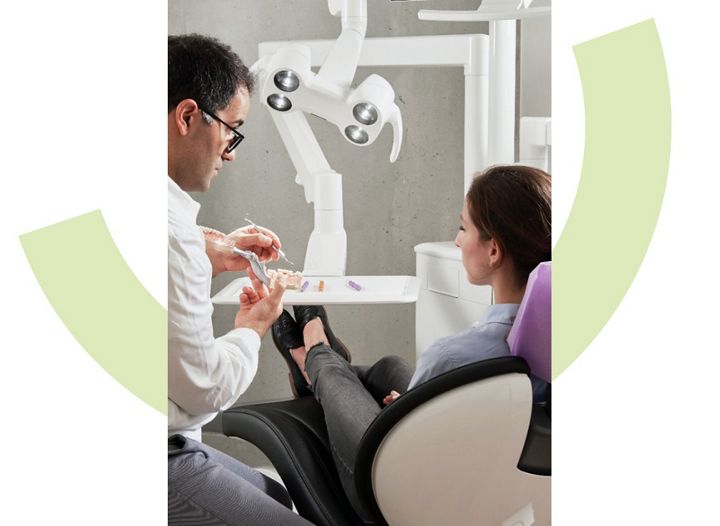About Gum Recession
Gum recession happens when the surface of the gums that surrounds your teeth becomes unhealthy and begins to pull away from your teeth. Left untreated, it can expose more of your teeth than is welcome, and eventually expose the roots. When gums recede, they form gaps or “pockets” that make it easier for food and bacterial to build up, leading to gingivitis and periodontitis. In severe cases, the jaw bone and other facial structures can become damaged, which can ultimately lead to tooth loss.
Gum recession is a common problem and usually begins slowly. Although some degree of gum recession is quite common, especially as a patient ages, advanced situations allow the teeth to become more susceptible to decay and damage. With proper professional care and diligent at-home care, gum recession can be treated and in some cases, reversed.

Don’t have a dentist? You can find one here

